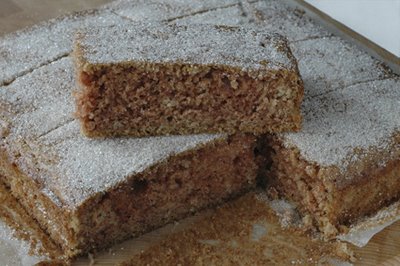
We apparently have the Norman Conquest of 1066 to thank for cider; although maybe it is now a bit late for a 'merci'? The Normans brought their cider making knowledge to the Monasteries and orchards of England. The climate of southern England meant ideal growing conditions for the fruit trees (a replacement for the wine grape vines planted centuries earlier by the Romans). Cider was produced in most of the southern counties, although nowadays it is mainly Kent (in the east) and Somerset and Hereford (in the west) that have kept the tradition. Cider is akin to wine in that the soil, climate and variety of apple used have a bearing on the resulting flavour, and this can vary from harvest to harvest. The main general difference between the ciders of eastern England and the ciders of western England, is that in the east cider-makers tended to use whatever apples were available locally (Bramleys especially), whereas in western England apple varieties were cultivated specifically for cider production.
Cider has seen a rise and fall in popularity over the centuries. With the interest in small-scale production, organic products and traditional foods/drinks, there is currently an upsurge in the drinking of cider and it is fairly easy to purchase a good range of English ciders. During the 18th century cider was looked down upon as a drink of the labouring classes. The gentry didn't want to be supping from the same cup as the country yokel, and they began to drink more of imported wines. It took until the end of the 19th century for an interest in reviving cider production to kickstart the industry in England. Companies such as Bulmers of Hereford, still trading now, were established during this period.
For a more detailed history of cider please click on to this link.
Cider cake was baked as part of the annual cider festival held in Herefordshire, but other cider producing counties also made a version of the cake. All the recipes use baking soda, so the cake must have a fairly recent history (second half of the 19th century). The acidic cider works with the bicarbonate of soda to help the sponge to rise.
I used a genuine Hereford cider, Dunkertons Premium Organic. A medium sweet sparkling cider, made from a blend of apple varieties. Read these names and feel your mouth water. Sheeps Nose, Brown Snout, Foxwhelp Black, Improved Kingston Black and Balls Bitter Sweet. Imagine all that fruitiness condensed into a bottle, and that's the beauty of the drink. With such fizzing flavour I had high hopes for the taste it would bestow on my cake.
My recipe came from the Reader's Digest 'Farmhouse Cookery' recipe book, although I found other recipes that were practically identical save for the quantity of cider used. Reader's Digest used the most, and I thought this would bode well for a nice moist cake.
125g butter, diced
125g sugar
2 eggs, beaten
225g self-raising flour
1 teaspoon bicarbonate of soda
Half teaspoon of grated nutmeg or ground cinnamon (I used half teaspoon of ginger and half of cinnamon, because I like both these spices with apple)
200ml cider
Caster sugar for sprinkling.
1. Preheat oven to 180C/350F/Gas 4.
2. Grease a square, shallow cake tin. Mine was 21cm by 21cm.
3. In a large bowl, cream together the butter and the sugar until light and fluffy.
4. Into another bowl sift the flour, the bicarbonate of soda and the spices.
5. Fold half of the flour mixture into the creamed butter.
6. Add the cider and mix thoroughly.
7. Stir in the remaining flour, and as soon as mixed turn into prepared tin.
8. Bake for about 35-40 minutes.
9. Allow to cool in tin, and sprinkle with caster sugar once turned out.
 Pre-sugar sprinkling.
Pre-sugar sprinkling.
When I divided the cake up I was surprised to see that the inside sponge had a speckled and rosy hue (as if it had had one too many). I think that this may be down to the chemical reaction between baking soda and cider - my food science knowledge is very limited. I liked the effect - rather like the skin of a flecked apple.

The cake was both moist and very light, and the cider flavour was quite distinctive. I mixed some cinnamon powder with my sugar prior to dusting the cake, and I enjoyed the extra kick of spice and sweetness. I have previously made cakes with fresh apple, which I like because of the change of texture that the fruit lends, and also the concentrated sweetness of the pulp. I think a hybrid cake with both cider and apples would also be a fine autumn treat. Get scrumping now...
As a cyclist I have to give a plug for the Hereford Cider Route - navigable by bike (and car if you must) - read more here






0 Yorumlar